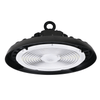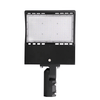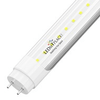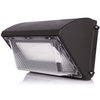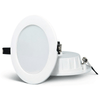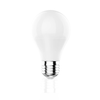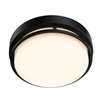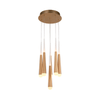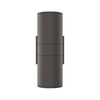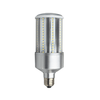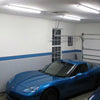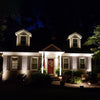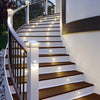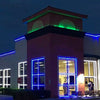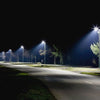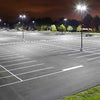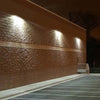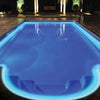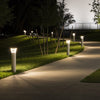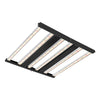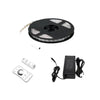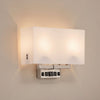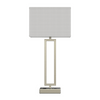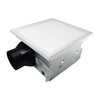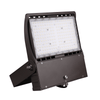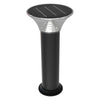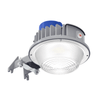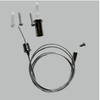In 2006, California set some intense carbon emission regulatory programs to achieve larger targets than what many countries settled for in the Paris agreement.
California’s commitment towards the environment is an example for the rest of the world as well as the US. The state’s standards for energy-efficiency have only produced great results over the years. Therefore, it is one of the eco-friendliest states in the world.
It should not come as a surprise if you find some of the most energy-efficient and fuel-efficient vehicles in California.
This time again, California has taken an exemplary step.
The state has adopted the updated energy efficiency standards, which will put an end to the inefficient light bulbs. The adopted standards have come into effect from January 1, 2020.
The BackgroundIn 2007, The Bush government brought into effect the ‘Energy Independence and Security Act’ (EISA). This law aimed to mark an end to the sales of the inefficient incandescent and halogen lamps over a period of 12 years. As time went on, DOE, after rigorous scrutinization, took necessary steps to remove the old bulbs. It was then, that the efficient counterparts of old bulbs replaced them for good.
On December 3, 2008, the California Energy Commission (CEC) adopted lighting appliance efficiency regulations, according to which-
- Every lighting appliance manufactured after January 1, 2018, should have an efficacy of 45 lumens per watt
- Unfortunately, DOE failed to meet the targets and requirements, and CEC started enforcing a minimum of 45 LPW efficacy requirement for A-shape GSLs manufactured on or after January 1, 2018
- As a revision to this, DOE, on January 19, 2017, extended the scope of the GSLs to January 1, 2020.
- On November 13, 2019, CEC adopted the provisions and clarified the fact that GSLs are required to have an efficacy more than or equal to 45 lumens per watt on or after January 1.
This push by California has come into light after Trump administration’s Department of Energy (DOE) issued its final determination on December 20. The unacceptance of the planned change shuns the enforcement of efficiency standards.
Department of Energy V/S California
DOE retreated the standards they had set earlier, which exempted many inefficient light bulbs from the regulations. Due to this futile excercise of DOE, nearly 50% of inefficient bulbs in U.S. sockets were unaffected.
As if that was not enough, DOE left the 2012 standards unchanged despite the federal obligations. These actions, by no means, could be considered lawful.
Going against the tides, CEC has decided to adopt the federal regulations by DOE, unchanged. The state included the updated definitions published by DOE on January 19, 2017.
In a straightforward language, from January 1, 2020, any household bulb with efficacy lesser than 45 lumens per watt can not be sold. No matter what the shape or size of the bulb is, it will go out of use if the efficacy is less than 45 lumens/watt.
What Does It Mean For The LED industry?

LED lights, as we know, is one of the most efficient bulbs or lamps out there.
There is a wide range of LED bulbs and LED tubes available at the same wattage as traditional lighting fixtures with a much higher lumen output. Also, there are LED bulbs that offer the same lumen outputs at different voltages.
A 10 watt LED replaces a 50-watt incandescent bulb. An LED bulb lasts at least ten times longer in comparison with its incandescent counterpart, and five times more than the fluorescent bulbs. Thanks to the longer life of LED bulbs, these lights also reap a better ROI in the long run.
They cost a little high in upfront installation. But the money these lights save on electricity bills and maintenance offsets the installation costs, in just a couple of months after the installation.
The cost of LED lighting, on the other hand, is dropping down every day.
How Does It Impact The Californians?
California is the flag bearer of a significant change. The Californians will save an additional $2.4 billion on electricity bills, which also means a saving of 13,600 gigawatt-hour capacity.
Another great advantage will be a drop in carbon emissions.
Efficient lightings like LEDs waste negligible energy in the form of heat. The transition to more energy-efficient lighting will help fight the pollution by decreasing the power wastage.
Lesser the wastage in the form of heat, lesser is the energy load on the power plants.
Thus, translating to lesser emissions of greenhouse gases.
California Is Winning Challenges Already!
Two lighting industry trade associations; National Electrical Manufacturers Association and the American Lighting Association, are posing hindrances towards California’s exemplary energy efficiency regulation.
They knocked the doors of the US District Court for the Eastern District of California, seeking an interruption in the enforcement of efficiency standards. Though trivial, their expectations from the court have been turned down.
The U.S. District Court for the Eastern District of California ruled Dec. 31, made a great decision. They made it clear that California can begin to implement strict energy efficiency standards for electric bulbs.
California accounts for 11% to 12% of the country’s light bulb market. With so much of decisive influence, it has braced itself for more legal challenges to come. Nevertheless, the future favors energy efficiency.




